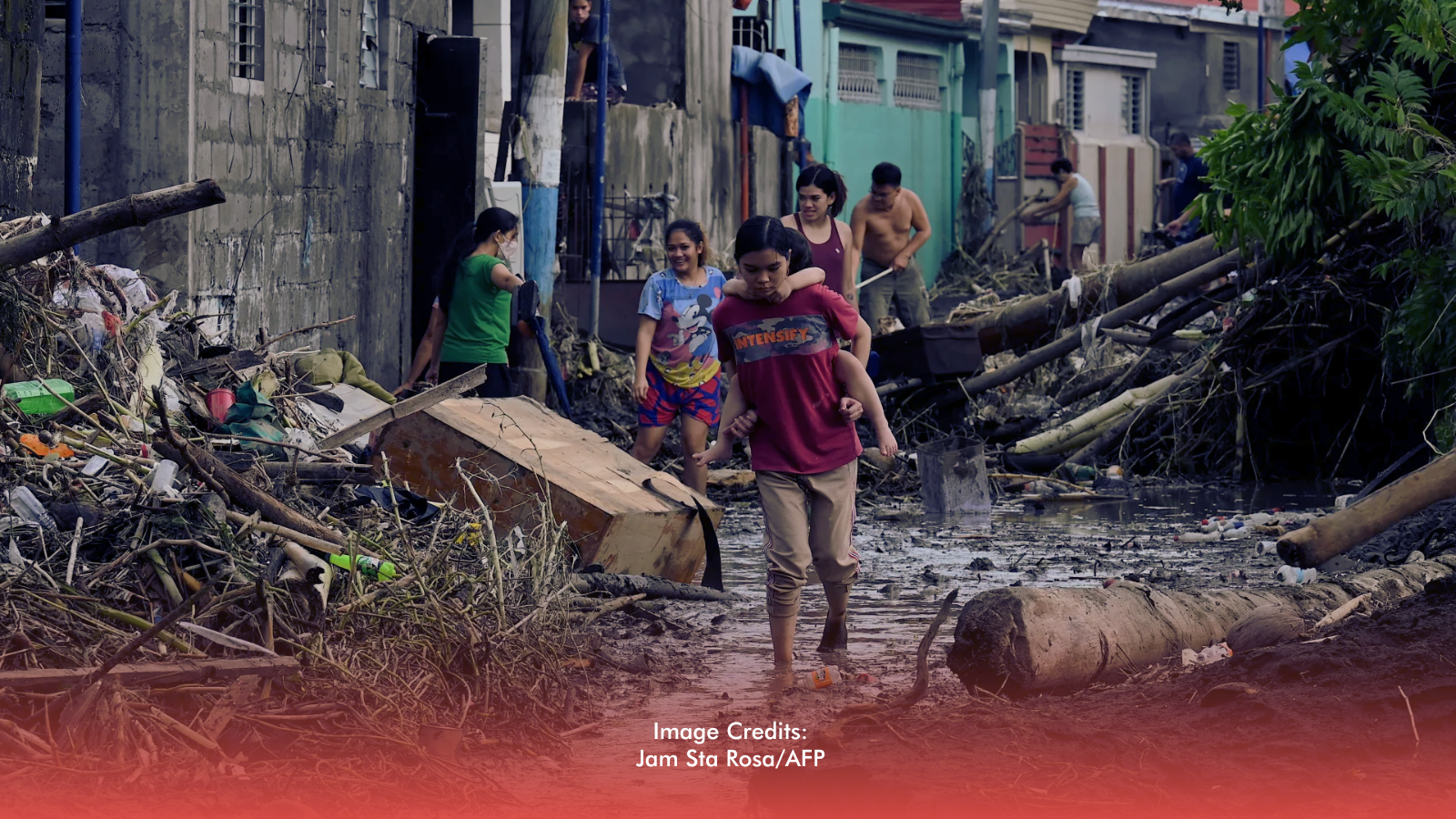In recent years, the Philippines has found itself under siege by nature: from Typhoon Tino (Kalmaegi) in the Visayas to Typhoon Uwan (Fung-wong) in Luzon, the country is seeing storms that arrive faster, pack more punch, and leave more destruction in their wake. The real question isn’t just why this is happening, but also what we can do to break the cycle of devastation.
RELATED: [Officials Urge Action On Metro-Wide Flood Plan]
More Intensity, More Damage
Technological advances and decades of observations confirm a frightening trend that the number of storms making landfall may be steady or slightly decreasing, but the intensity of those that do is clearly increasing. Philippine Atmospheric, Geophysical and Astronomical Services Administration (PAGASA) reports fewer tropical cyclones overall, but a growing share of them are far more destructive.
A global study analysing storm conditions in the Philippine Sea found that typhoons are now 1.7 times more likely to reach major intensity (Category 3 and above) than they would have in a cooler, pre-industrial world. Scientists point to three interconnected causes:
- * Warmer sea-surface temperatures, giving storms more energy.
- * More atmospheric moisture, leading to heavier rainfall and increased flood risk.
- * Rising sea levels, amplifying storm surge and coastal flooding risk.
Typhoon Tino cut a path of destruction through the Visayas, while Typhoon Uwan followed closely, demonstrating not just isolated incidents, but a pattern of back-to-back major storms that stress response systems and delay recovery.
Is the Country Helpless? Far from It.
The Philippines is far from helpless. The challenge is adapting systems built for yesterday’s storms to today’s and tomorrow’s climate. Here’s what can be done:
1. Early warning and evacuation updated for the new norm
With storms intensifying and sometimes accelerating rapidly, existing lead-time must improve. When evacuation orders, communication and logistics are pre-positioned, lives can be saved.
2. Infrastructure built to last… and adapt
Stronger storms demand stronger and smarter structures. From flood-proof drainage to resilient power lines and earthquake-ready buildings, infrastructure should be treated as a first line of defense.
3. Nature-based solutions and land-use reform
Protecting and restoring mangroves, forests, and wetlands offers natural buffers against storm surge and flooding. Preventing development in high-risk zones reduces vulnerability before disaster strikes.
4. Risk-aware communities and recovery systems
Disaster response isn’t just about the first 72 hours. Recovery and resilience matter. Communities that build local readiness, savings, and resilient housing can rebound faster.
5. Climate action at home and abroad
While local adaptation is urgent, global mitigation still matters. The conditions creating “super-charged” typhoons are tied to global warming. Reducing emissions, improving international climate finance, and integrating climate risk into all planning help reduce future storm power.
A Call to Action for the Philippines
The devastation from Typhoon Tino and Typhoon Uwan should not be dismissed as bad luck; it is a warning. The storms of yesterday are not the storms of tomorrow. The Philippines must evolve its early-warning systems, infrastructure, communities, and policies must all move at the pace of a changing climate.
This is not a helpless nation, It is a resilient one, but resilience can go so far. The question is whether we will build with vision, act with urgency, and carry the lessons forward. Because the next storm won’t wait—and neither should we.








